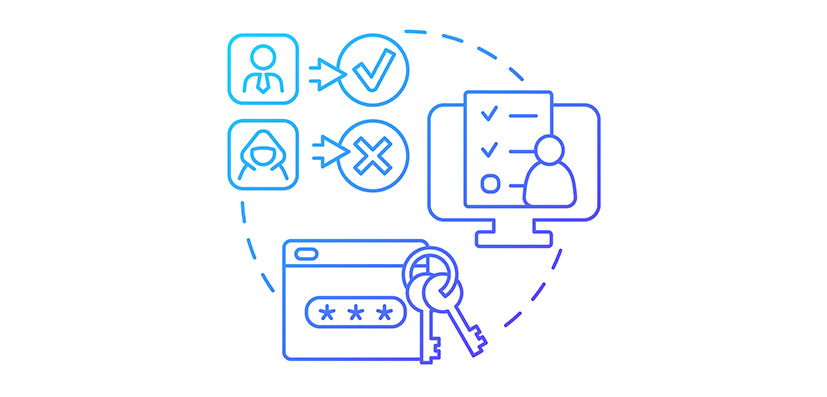Shell Read Case Study
"I love the fact that I can access years’ worth of information in seconds! Great job."
"I love the fact that I can access years’ worth of information in seconds! Great job."
"It's a real benefit for all our associates to be able to access the same reports regardless of their location."
SunNet Solutions Corporation
P.O. Box 22571
Houston, TX 77227
Phone: 713-783-8886
In our ongoing series showcasing the power of custom software, this edition focuses on the success story of how our client worked with SunNet to implement dynamic permissions in their custom applications. This resolved the challenge of complicated user permission control and lowered their long-term IT costs. Let's delve into their story and the world of dynamic permissions, exploring the advantages and how to analyze potential drawbacks to make the best decision for your business.
This client's system had a very large number of users, and they struggled with a rigid permission system. Every time the client needed to adjust users' accesses, they had to wait for SunNet's development team to make the changes, incurring IT support costs.

The Power of Flexibility: Pros of Dynamic Permissions
Considering the Trade-Offs
The Right Fit: Choosing Between Static and Dynamic Permissions
Dynamic permissions offer significant advantages if you anticipate frequent permission changes or require a high level of user access granularity. However, if your permission needs are relatively static, a simpler, static approach might suffice. For this client, the number of users had been increasing dramatically every year, leading to more IT support work and user waiting times. In this situation, the client gained greatly from dynamic permissions' benefits compared to the trade-offs. After implementation, dynamic permissions empowered the client to manage user access directly within their application's interface whenever needed, cutting down user waiting times and boosting satisfaction.
The Takeaway
Dynamic permissions empower you with control and flexibility in managing user access. By carefully considering the pros and cons and understanding your business's specific needs, you can choose the most suitable approach, ensuring a custom solution that streamlines your workflow and empowers your team.

